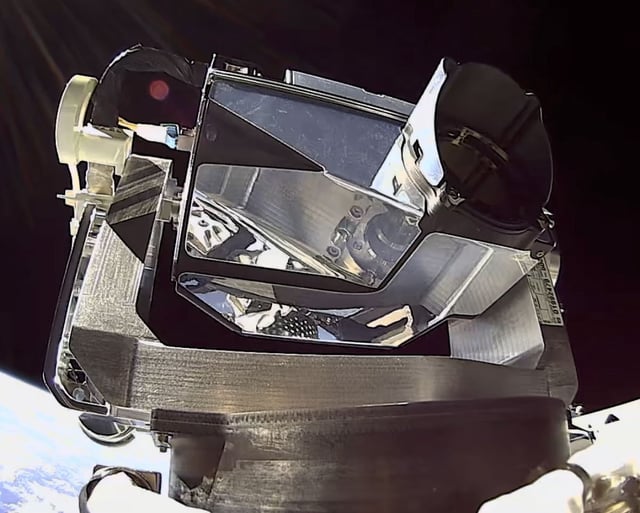Overview
- In 2025 space trackers logged roughly one to two Starlink deorbits per day, with some days up to four, and estimates suggest the rate could approach about five daily as replacements ramp up.
- About 20,000 objects are tracked in low Earth orbit, including roughly 12,000 active satellites, with approximately 8,500 belonging to Starlink.
- Starlink satellites have around five-year lifespans and are engineered to largely burn up on reentry, which Jonathan McDowell says makes ground strikes from them unlikely.
- A 2023 FAA report projected that by 2035 up to 28,000 reentry fragments could survive annually, increasing modeled risks from uncontrolled debris and sharpening regulatory concerns.
- Recent social-media clips and footage shared by astronaut Don Pettit have underscored how visible satellite trains and burn-ups have become, as researchers study potential upper‑atmosphere effects from materials like aluminum oxide.



